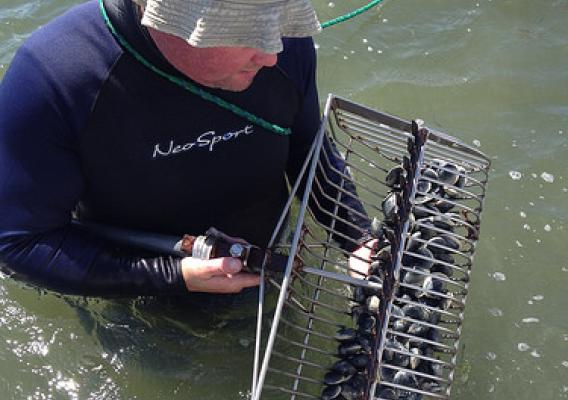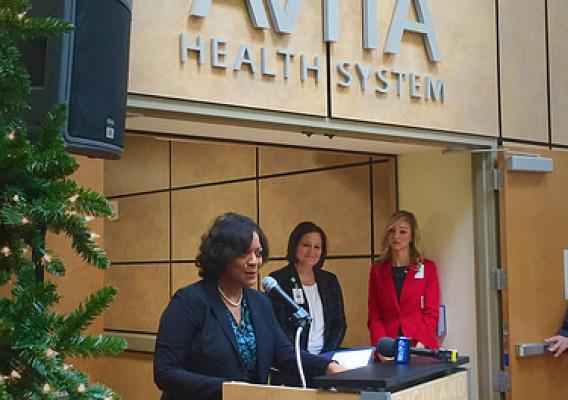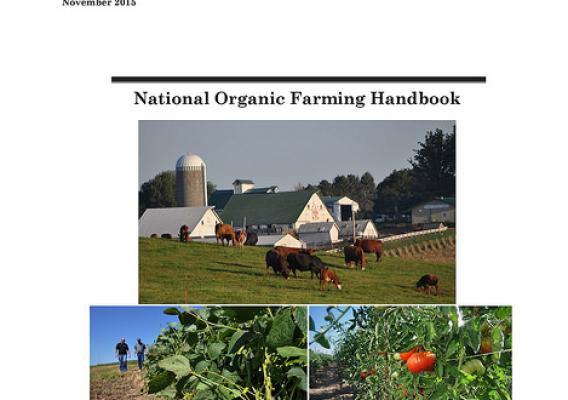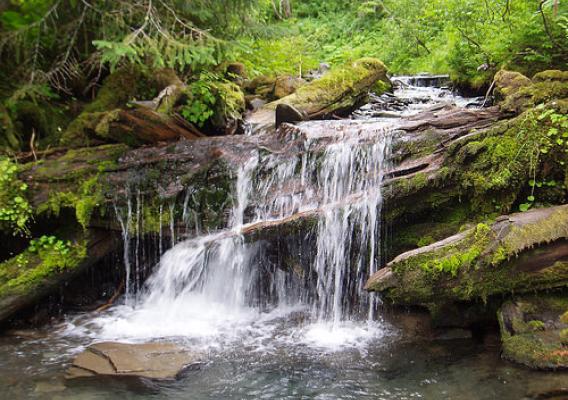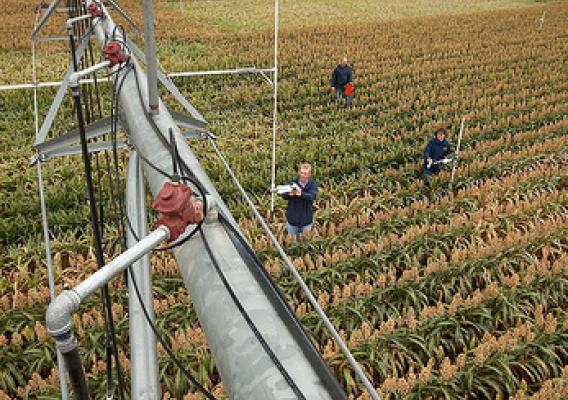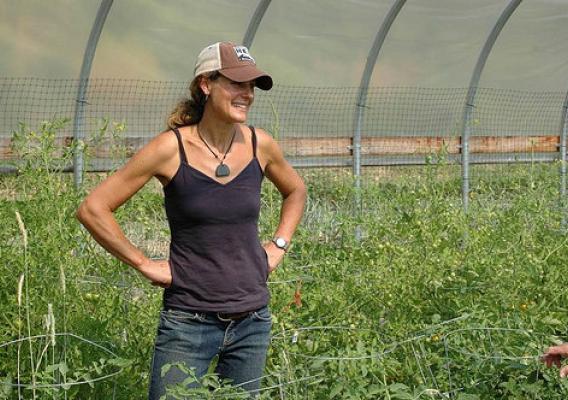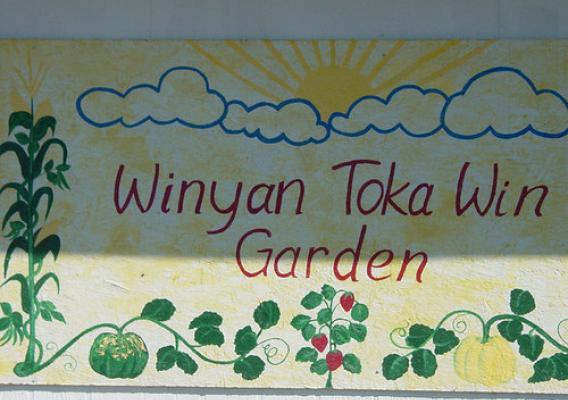USDA celebrates National Native American Heritage Month in November with a blog series focused on USDA’s support of Tribal Nations and highlighting a number of our efforts throughout Indian Country and Alaska. Follow along on the USDA blog.
When the Cheyenne River Youth Project (CRYP) first began its organic garden in 1999, staff members at the 26-year-old not-for-profit youth organization scarcely could have imagined where that little garden would take them. Now, 16 years later, the thriving two-acre Winyan Toka Win (“Leading Lady”) garden located in Eagle Butte, South Dakota is the beating heart of the youth project — and it’s quickly becoming a veritable micro farm.
Today, sustainable agriculture at CRYP supports nutritious meals and snacks at the main youth center for children four to twelve and at the Cokata Wiconi teen center. It also provides fresh ingredients for the seasonal Leading Lady Farmers Market. To continue pursuing the long-term vision for the initiative, CRYP has invested in a new irrigation system, a composting system and a garden redesign.

